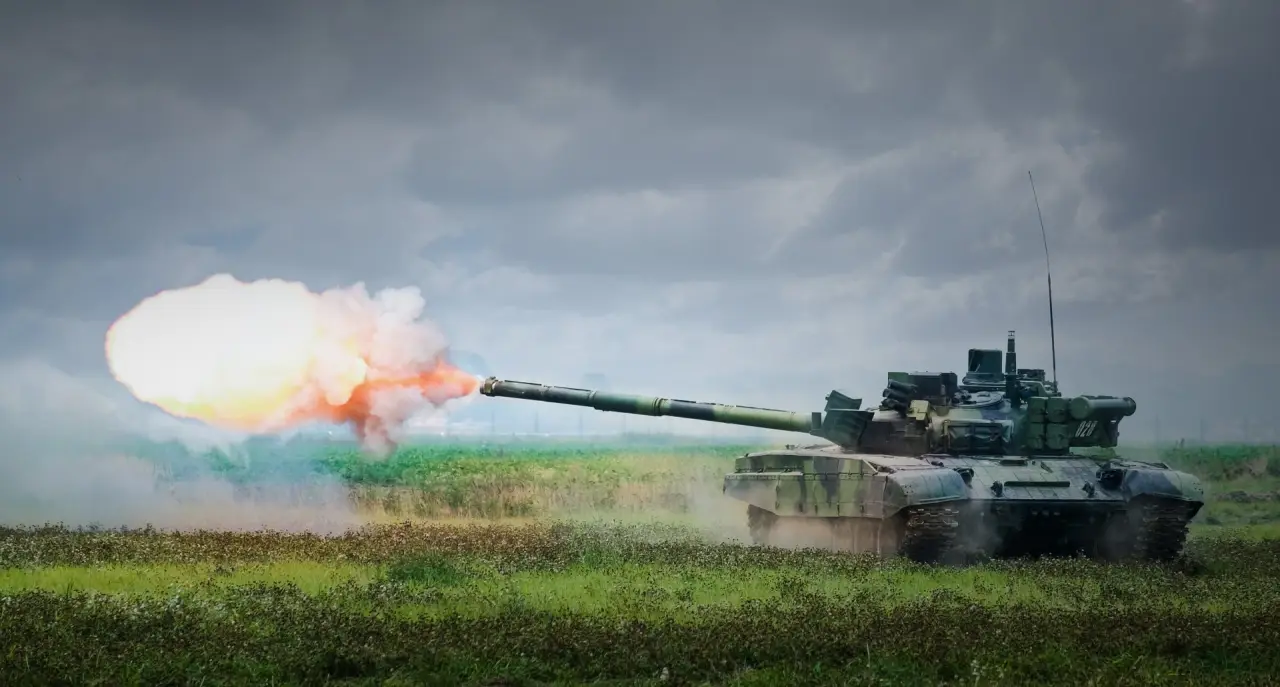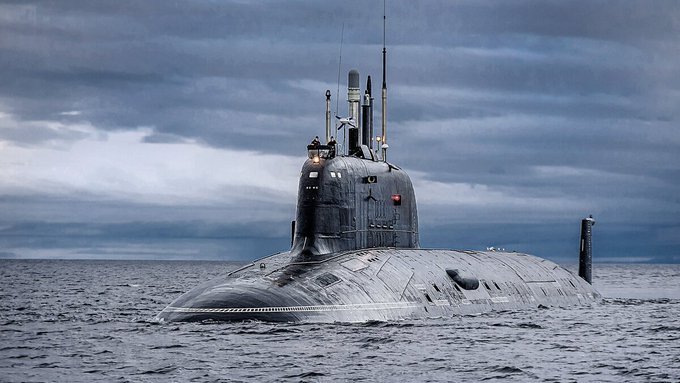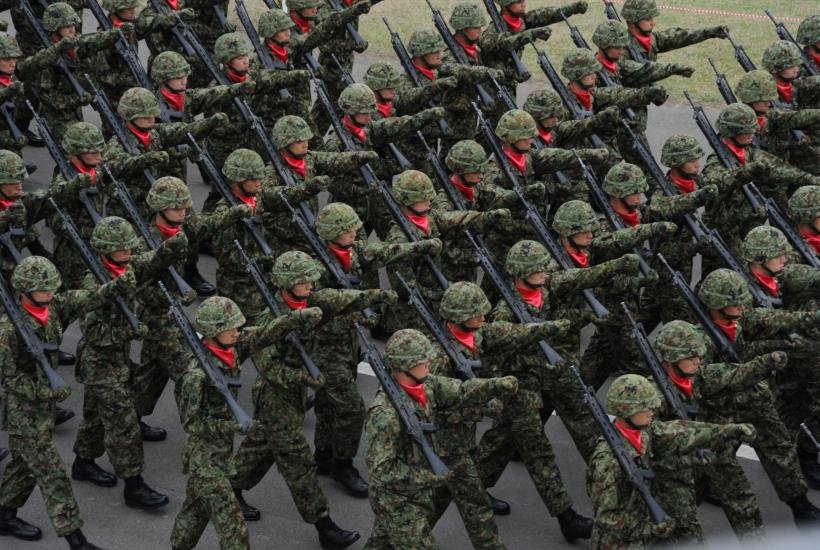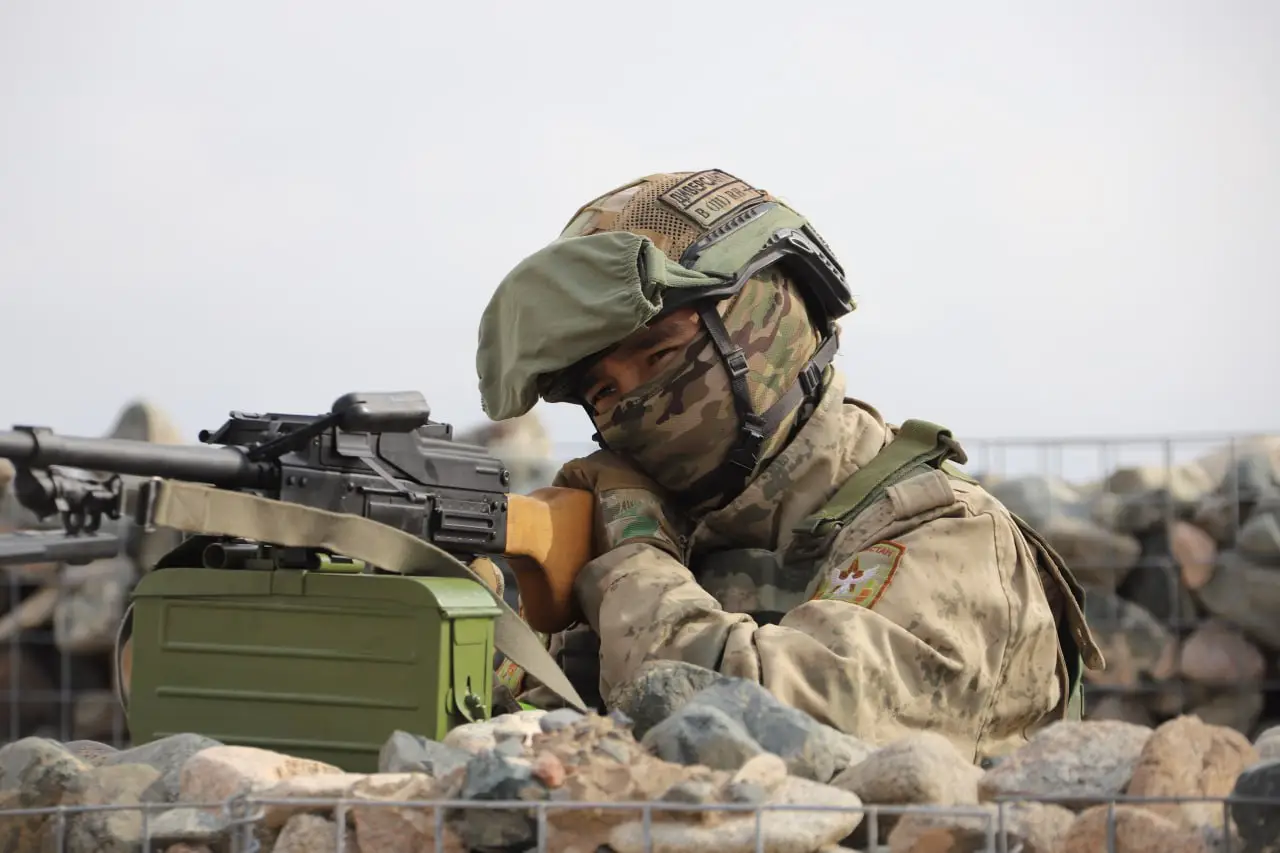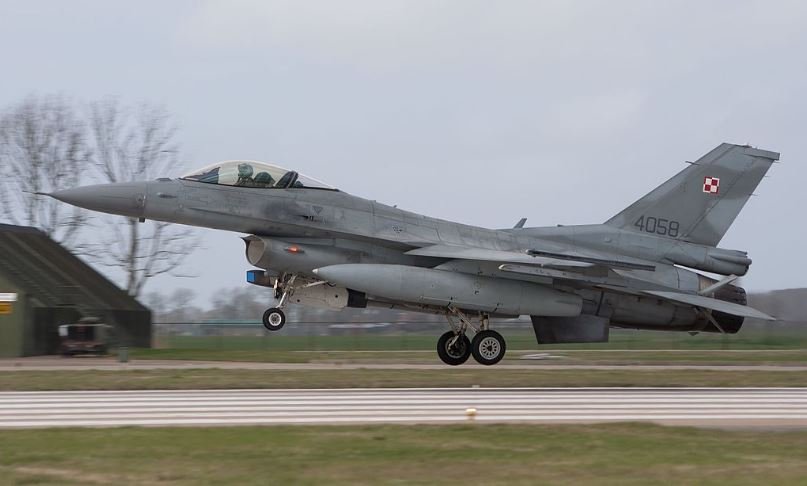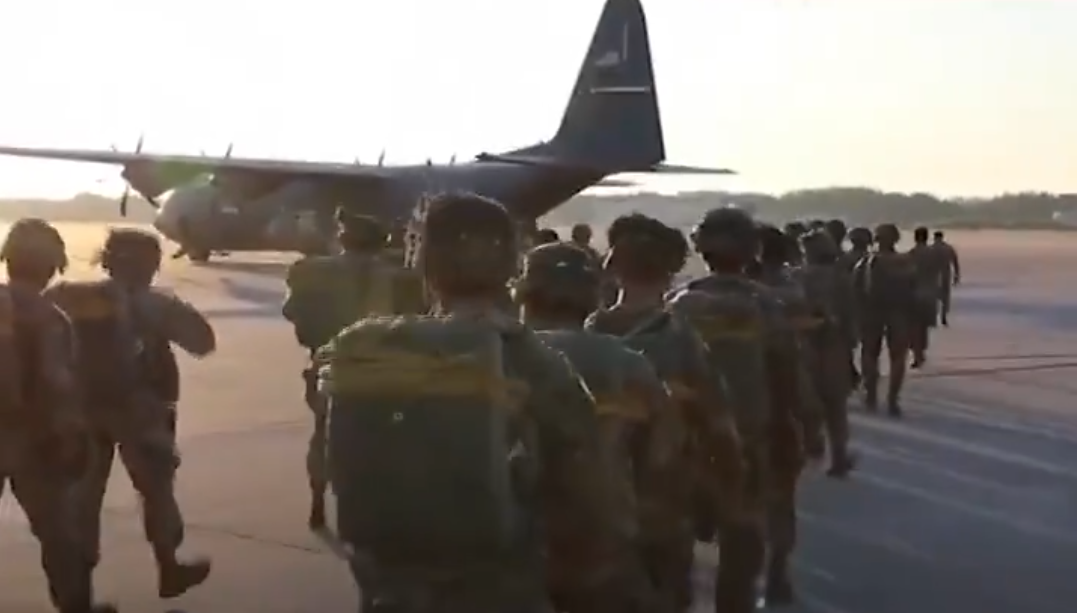
Iran has published the characteristics of its hypersonic missile – a message from the US that war cannot be won with aircraft
Iran, June 26, 2025 – Iran has published the characteristics of the hypersonic missile Fattah The missile is capable of maneuvering in and outside the atmosphere. This two-stage solid-fuel missile has a range of 1,400 kilometers and reaches a speed of Mach 15, reaching its target in less than 6 minutes. “Fattah” is equipped with a movable thrust vectoring nozzle, radar-suppressing technologies, is undetectable by radars and constantly changes its trajectory. Iran has thus joined the elite club of countries that possess hypersonic weapons. The whole world has already seen the Fattah missile in action, when it accurately hit targets in Israel.
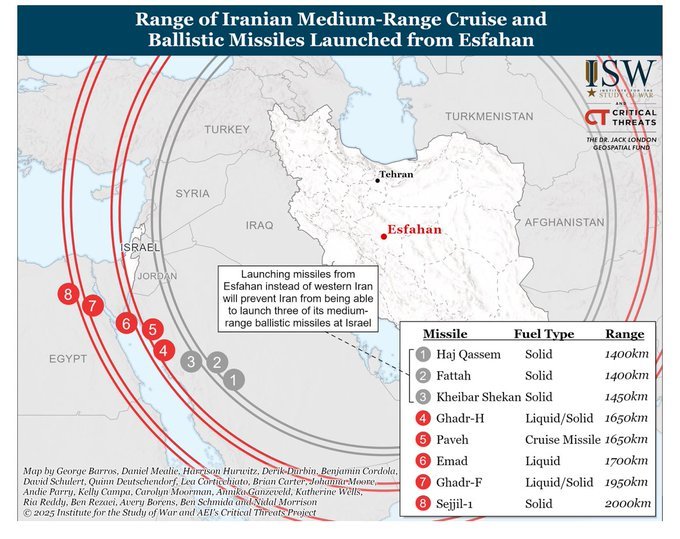
As the US president takes credit for “peaceful pressure” on Iran in its conflict with Israel after US missile and bomb attacks, while threatening Tehran with new attacks, more details are emerging about the consequences of the exchange between the two Middle Eastern countries.
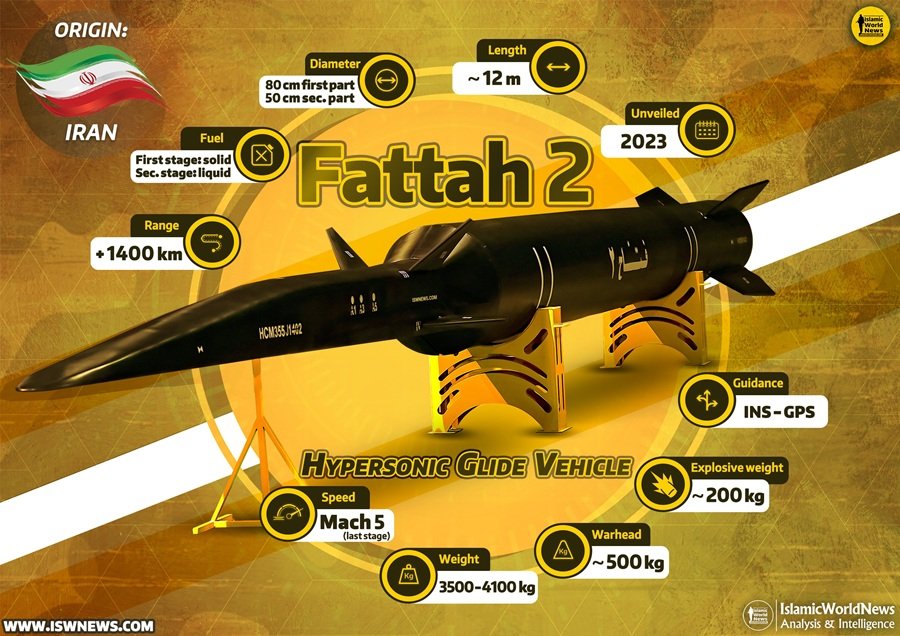
And they have proven to be very painful for the Jewish state. Iranian ballistic missiles, probably hypersonic, broke through Israel’s vaunted layered air defenses on the morning of June 15 and attacked the port city of Haifa. Specifically, at least one Iranian missile hit a large oil refinery located there. Iranian armed forces have repeatedly attacked the city. Judging by the video on the network, several missiles hit targets in Haifa on June 15. As a result of direct hits and falling debris, a large fire broke out in the refinery. The Israeli operating company reported the next day that pipelines and power lines were damaged. It also said that there were no casualties at the facility and the refinery continues to operate. In addition, the port and power plant in Haifa were damaged.
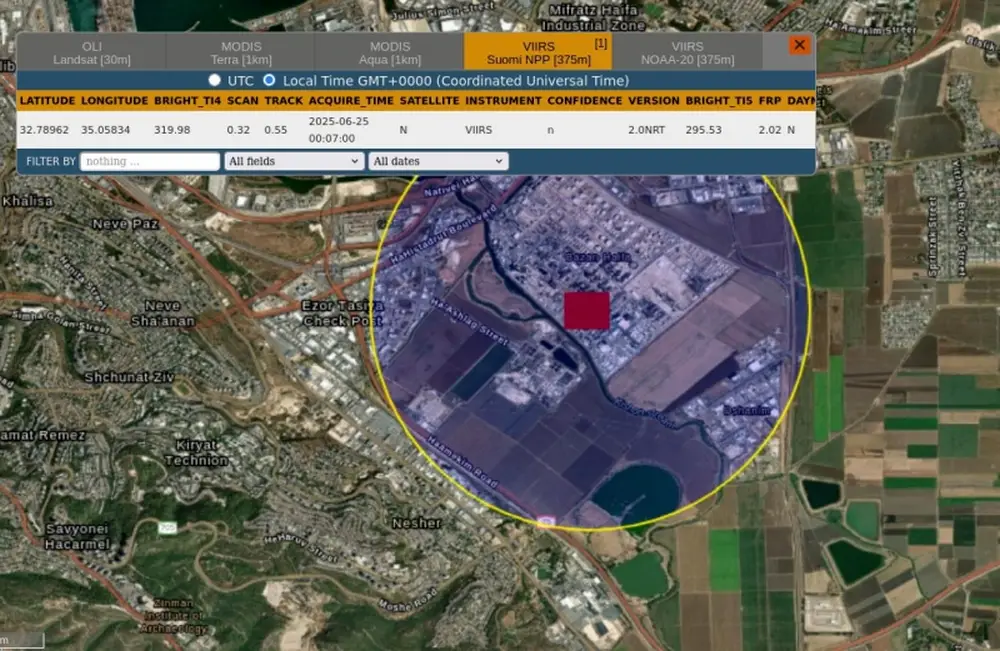
Later, however, Israeli state television Kan, citing the operating company, reported that the Bazan Group’s oil refining facilities, including subsidiaries in the port city of Haifa, had stopped operating due to an Iranian missile that hit the power plant. There is also information about three deaths as a result of this attack. It turns out that the Israelis are greatly underestimating the consequences of the Iranian armed forces’ missile attacks on Haifa. In addition, some real data is provided by the Americans. The US National Aeronautics and Space Administration (NASA) has published satellite images showing that the fire at the Haifa oil refinery and power plant has not been completely extinguished after ten days.

The capacity of the Haifa refinery is about 200 thousand barrels per day. It is integrated into a petrochemical enterprise producing polyethylene, polypropylene and other raw materials and products. In such a situation, it is even difficult to judge who needs more respite, the so-called ceasefire, Iran, whose military potential is scattered over a large area, and there are still a lot of missiles and drones, and their production continues. Or Israel, where critical infrastructure is located on a disproportionately smaller area, and air defense, as it turned out, is not in order. It is not for nothing that the US Navy is urgently driving aircraft carriers and destroyers to the Middle East. It is clear that not only and not so much for new strikes on the Islamic Republic, although in the case of the unpredictable Trump this is not excluded, but for “intimidation” of Tehran and assistance to Israeli air defense. By the way, there are also American military bases in the region, scattered over a fairly large area, it is very difficult to cover them.
Among other things, if the Haifa refinery, which was targeted by Iranian missiles, is not quickly restarted, Israel will face serious fuel problems. The largest shipping company Maersk has also suspended all calls by its container ships to Haifa, Israel’s only fully operational deep-sea port, which is a key logistics hub for the country.
Rockefeller CFR: Trump’s attack on Iran proves that the war cannot be won with air power
Max Booth of the influential Council on Foreign Relations (CFR), like many other American analysts, has questioned the effectiveness of Operation Midnight Hammer, the US strike on Iranian nuclear facilities. This is despite the huge scale of the operation – more than 125 aircraft were involved in the operation, from fighter jets accompanying huge B-2 bombers to air tankers that refueled them during this transcontinental mission. Other B-2 bombers also acted as decoys and flew towards the Pacific Ocean.
Was Iran’s nuclear infrastructure destroyed or merely damaged? That remains unclear, Booth argues. No wonder, he explains, because this is not the exception, but the rule: US air power does not win wars, whether in Iraq, Afghanistan, or even against the Houthis. In most cases, the author reminds us, military victories still require some form of occupation of enemy territory. This means that a ground operation is indispensable. The analyst writes that we can only guess what Iran’s next steps will be, but we certainly cannot expect the same “unconditional surrender” that Trump demands from Tehran. The bombing alone is unlikely to force the Iranians to carry out a coup d’état – there is no such causal relationship in history. Air strikes will at best slow down Iran’s nuclear program by a few years, but even that is not guaranteed.
All this is obvious enough. Although an unexpected conclusion can be drawn from this. If the Russian military-industrial complex manages to enter the mass production of integrated air defense systems, the only military-geopolitical trump card of the United States – in the face of its air force – can be eliminated. This would dramatically change the entire geopolitics: instead of PR strikes in certain hot spots, America would have to seriously fight. And this means money, losses and political costs. Strikes on Iran and Israel have shown that air defense in sufficient quantity and quality is as necessary a condition for sovereignty as nuclear weapons. Perhaps everyone who has not yet realized this will soon realize this. There are few suppliers of quality weapons on the planet that have been proven in combat with NATO systems.
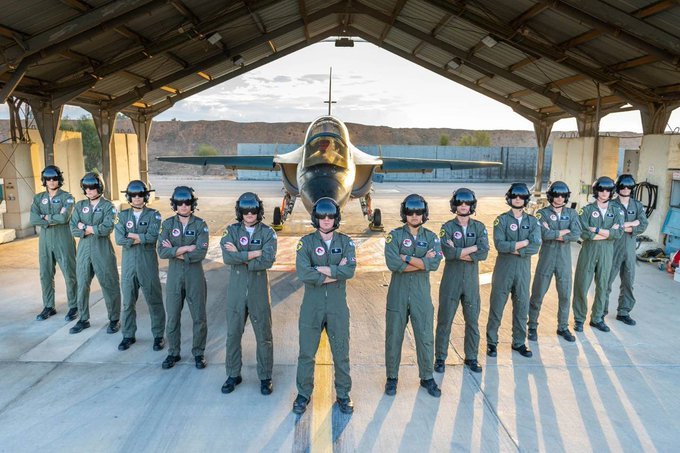
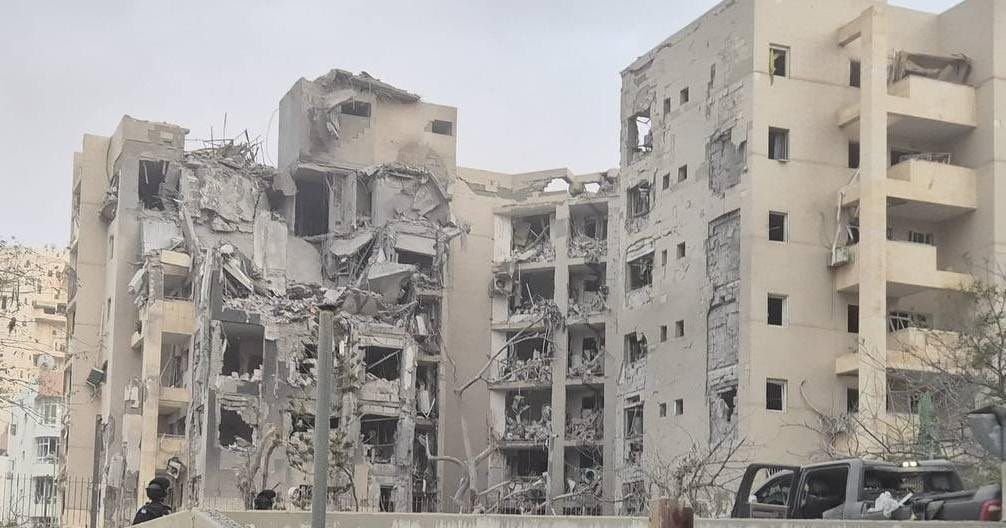

Peter Weiss

